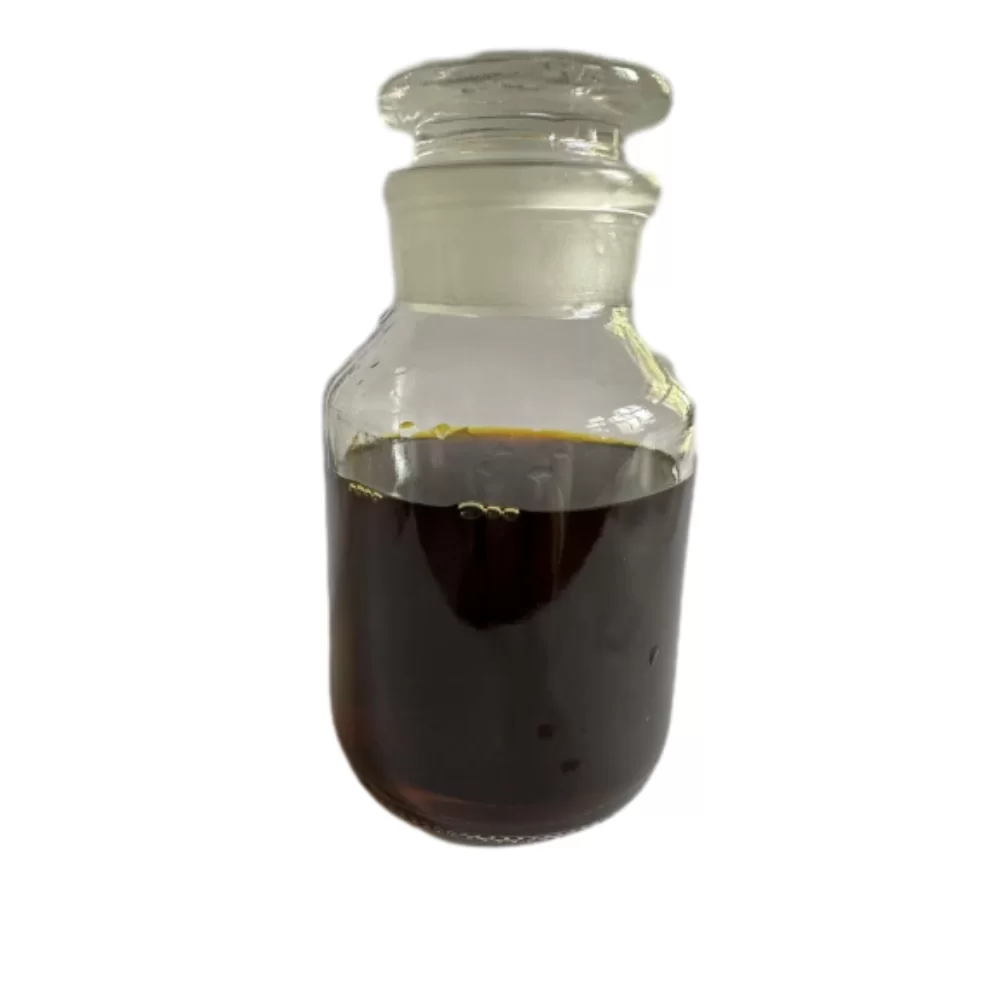A Field Guide to the Types of Reducing Agent (with real mill notes)
If you work in dyehouses or denim laundries, you inevitably end up comparing types of reducing agent. To be honest, the choice isn’t just “what reduces fastest”; it’s about stability in process water, worker safety, odor, wastewater load, and how forgiving the chemistry is when line speed changes. I’ve watched shifts rescue whole lots just by tweaking ORP and dosing, so yes—details matter.

What’s trending
Industry momentum is shifting from dusty powders toward safer, liquid oxygen scavengers—formaldehyde-free, lower sulfite odor, and better storage stability. Mills ask for ZDHC-aligned inputs, quick reduction of vat/sulfur dyes, and fewer “over-reduced” patches on fabric. Surprisingly, liquids also cut handling time and help with automated dosing. Many customers say the real win is more predictable ORP.
Common families of reducers
- Sodium dithionite (hydrosulfite): classic, fast, strong—yet fussy with air and pH; powder handling can be messy.
- Thiourea dioxide (TUDO): very strong, cleaner bath; higher cost, watch pH/temperature activation.
- Sulfite/bisulfite/metabisulfite blends: gentler reducers, useful anti-oxygen role; odor is a concern for some lines.
- Glucose/ascorbate-based systems: greener vibe, slower kinetics; good for controlled reduction steps.
- Zinc dust (legacy): effective but largely phased out in modern wet processing for compliance reasons.
Featured solution: Liquid Anti-oxygen Agent for Textile Denim Dyeing
Origin: Han Village, Zhao County, Shijiazhuang, Hebei, China. This liquid auxiliary is designed for vat/sulfur denim, yarn dyeing, and—interestingly—black coloration in paper. In practice, it sits between a reducer and an oxygen scavenger: stabilizes the bath, curbs re-oxidation, and evens shade. Actually helpful when machines idle.
| Appearance | Clear to pale-yellow liquid |
| Active content | ≈ 30–45% |
| pH (25°C) | 6.5–8.5 |
| Density | ≈ 1.05 g/mL |
| Suggested dosage | 1–5 g/L (vat/sulfur dye baths); 0.5–2 g/L as anti-oxidant hold |
| ORP effect | Drops bath ORP to ≈ −450 to −650 mV within minutes at 60–70°C |
| Shelf life | ≈ 12 months sealed; cool, ventilated storage |
Process flow and testing
Materials: dyed denim fabric or yarn, vat/sulfur dyes, alkali, wetting agents, this liquid reducer. Methods: charge water → wet-out → add alkali and reducer → heat to 60–70°C → add dye in splits → monitor ORP every 3–5 minutes → hold and circulate → rinse/oxidize/soap as recipe demands. Testing standards: colorfastness ISO 105-C06/C10, AATCC 61/8, and reduction potential via ORP probe. Service life: stable through typical batch lengths; best performance within one season of receipt.
Quick data from factory trials: at 2 g/L, ORP fell from +250 mV to −600 mV in ≈ 3 minutes; back-staining index down ≈ 10–15% versus control hydrosulfite-only baths (AATCC 130 reference). Your mileage may vary with water quality.
Where it’s used
- Denim rope/slasher dyeing: steadier shades, fewer “barre” complaints.
- Yarn dyeing: better control on dark navies and blacks.
- Paper black coloration: acts as an oxygen scavenger for tone stability.
| Option | Pros | Watch-outs |
|---|---|---|
| This liquid anti-oxygen agent | Low dust, fast ORP drop, easier dosing, good shade reproducibility | Transport cost per kg active can be higher than powders |
| Hydrosulfite powder (generic) | Very strong reducer, low cost | Dust/instability in air; needs careful pH control, odor |
| TUDO-based systems | Clean bath, strong on deep shades | Higher cost; activation temperature sensitivity |
Customization and compliance
Formulation can be tuned for hardness tolerance and foaming. COA/SDS on request; can be supplied to meet ZDHC MRSL intentions (verify each lot). Certifications are customer-specific—ask for third-party test packs when qualifying.
Two quick case notes
- Denim mill, South Asia: swap-in cut re-dye rate by ≈ 8%, more stable ORP during machine stops.
- Paper plant, East China: deeper black maintained after 24 h hold; lower yellowing drift.
If you’re mapping all the types of reducing agent, this liquid category sits in the “controlled, low-odor, dosing-friendly” bucket. And yes—I’d still keep hydrosulfite on the shelf for brute-force reduction, but it’s nice to have a calmer workhorse for everyday denim.
Authoritative citations
- IUPAC Gold Book: Reducing agent – https://goldbook.iupac.org/terms/view/R05242
- AATCC TM173: Colorfastness to Perspiration – https://www.aatcc.org/testing/methods/
- ISO 105 series (C06/C10): Textiles—Tests for color fastness – https://www.iso.org/standard/
- ZDHC MRSL v3.x Guidance – https://www.roadmaptozero.com/
- Shore, J. Cellulosics Dyeing (vat/sulfur chemistry overview) – industry reference texts
Our team comprises seasoned manufacturing experts and international business professionals.dye auxiliaries Core team members possess 15-20 years of industry experience,textile auxiliary manufacturer with deep understanding of every production detail and sharp market insights.textile auxiliary agent Our professional teams include:R&D Team: Continuous innovation, leading industry development Production Management Team: Pursuing excellence,auxiliaries chemicals ensuring stable quality Quality Control Team: Strict supervision with zero-tolerance attitude International Business Team: Professional service with seamless communication.textile auxiliaries chemicals